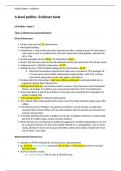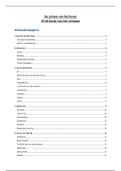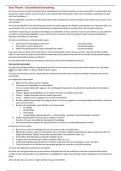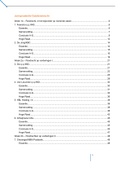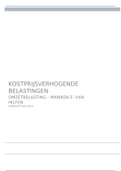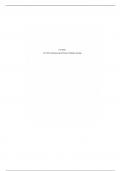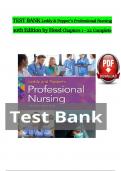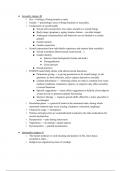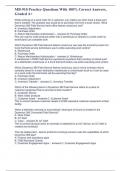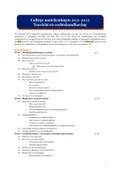Summary
Summary POLITICS A-LEVEL PAPER 1 EVIDENCE (PEARSON EDEXCEL)
- Module
- Paper 1 (9PL001)
- Institution
- PEARSON (PEARSON)
Document written for June 2024 series, and was kept up to date until then. Stats for each unit included Co-written by 2 politics a level students, who both attained A*s
[Show more]
